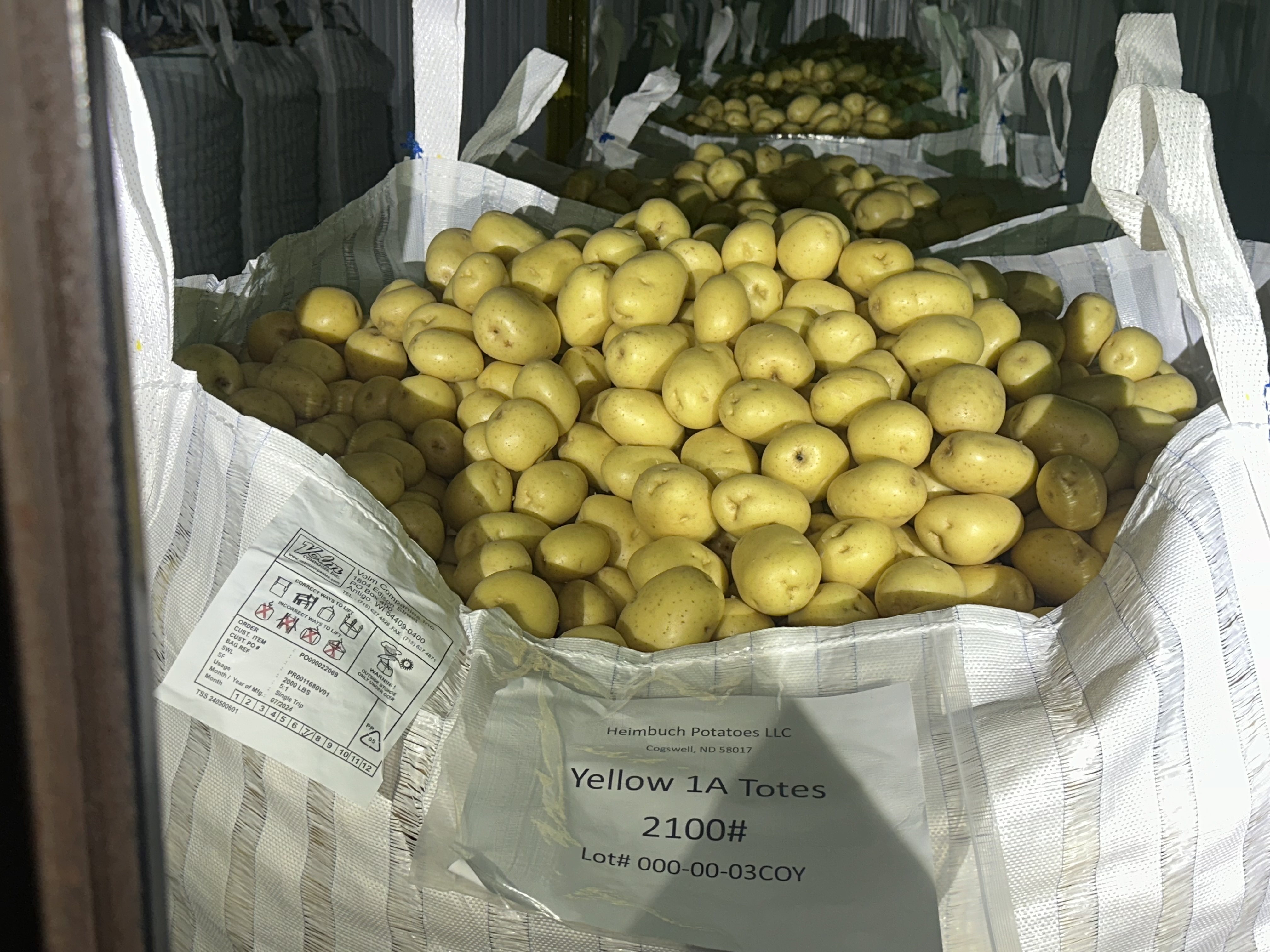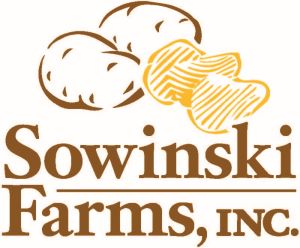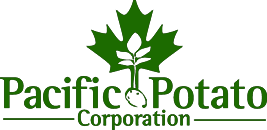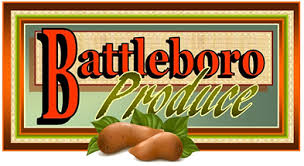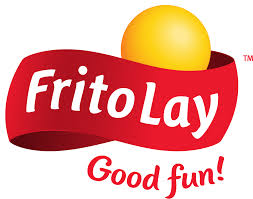The Red River Valley typically produces red, russet and yellow potatoes, but growers say the yellow varieties have enjoyed a significant growth spurt over the past decade or so.
Chad Heimbuch, manager at Heimbuch Potatoes LLC, Cogswell, N.D., which has been growing yellow potatoes exclusively since 2012, says up to 70% of the potatoes ordered by some of his major buyers are yellows.
Customers who were requesting one load a week in 2009 were asking for three loads a week in 2011 because of increased consumer demand.
“We we’re kind of growing with our customers,” Heimbuch says.
The fact that yellow potatoes grow better in Red River Valley soil than some other varieties made the decision to switch to yellows easier, he says.
Today, Heimbuch Potatoes produces about 600,000 hundredweight (cwt) of yellow potatoes per year on 1,000 acres.
Red potatoes traditionally were the bestsellers in the Red River Valley, says Keith Groven, south central director of operations for Black Gold Farms, Grand Forks, N.D.
“But we are selling more yellow potatoes than we ever have before,” he says.
Black Gold Farms has offered yellow potatoes for 15 years.
“When we started, they were a bit of a niche,” Groven says. “Around 2015-2016, we started to see the shift where the utilization and the popularity of yellow potatoes really started to grow in our business.”
It became clear by the late 2010s that yellow potatoes were going to surpass the reds in popularity, he says.
Prior to 2015, yellow potatoes accounted for about 5% of the company’s tubers, Groven says. Today they make up 50% of the firm’s fresh market potato production.
Yellow potatoes are about 20% of the crop at Hall’s in Edinburg, N.D., says partner Jackson Hall. Area growers are able to get good yields and good quality from their yellow potatoes, he says.
Hall attributes their popularity surge largely to their increased notoriety.
“Yellow potatoes seem to get a lot of publicity,” he says. “Cooking shows and recipes really promote yellow potatoes.”
Yellow potatoes continuously received plugs from cooking programs and chefs, Groven agrees.
They’re especially suited for mashed potatoes, he adds.
“The yellow color and the inherent texture really did lend themselves to that
style of cooking,” Groven explains. “They have slowly become the staple potato in people’s pantries.”
Yukon Golds were the longtime mainstay in the yellow potato category, but they were susceptible to multiple growing issues, Heimbuch says.
“The [varieties] that we are planting now are definitely a lot better than a Yukon Gold was,” he says.
One drawback is that yellows typically are not a good storage potato, he says.
“There tends to be more pressure bruising,” Heimbuch says.
Yellow potatoes aren’t marketed by variety, but several options are available.
“Through the years, we probably trialed 50 to 75 varieties,” he says.
About five are now commonly grown in the Red River Valley, including varieties like colomba, Musica and Actrice.

